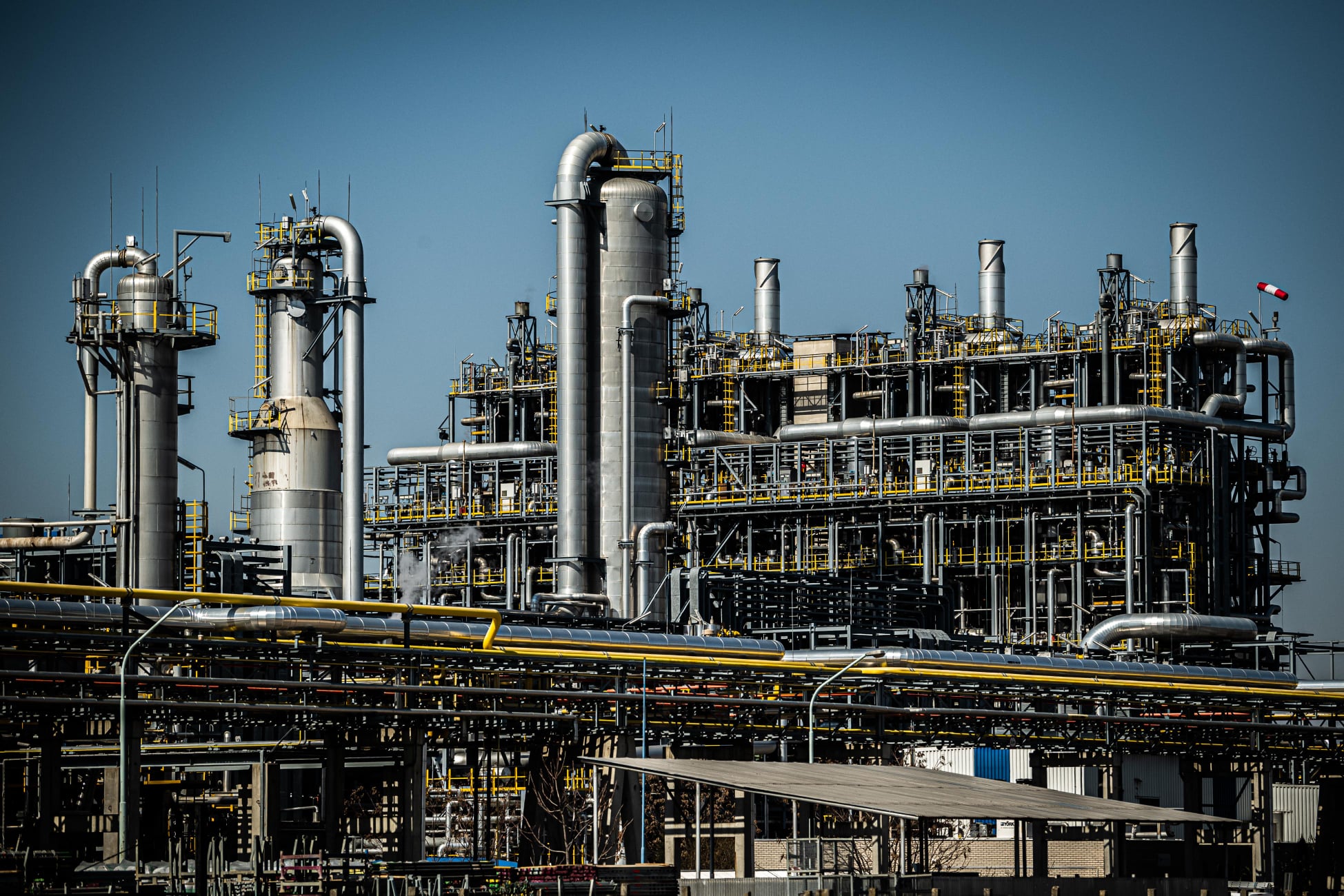
The new facility will directly serve the company's petrochemical plant.Continue reading

After three years, the automotive and transport sectors have regained the lead, but 2024 does not look nearly as strong. However, despite weak growth, Hungarian multinational oil and gas giant MOL still finished in a podium position in the regional rankings, reports Világgazdaság.
The countries of the Central and Eastern European (CEE) region performed poorly last year, with the region’s aggregate GDP growing by just 0.7% year-on-year, the weakest performance in a century. The unfavorable economic climate also affected the performance of the region’s 500 largest companies.
The aggregate profits of these establishments fell by more than 17% compared to a year earlier, according to Coface’s annual CEE Top 500 analysis.
The largest company in the region is Poland’s Orlen, followed by the Czech Škoda, with Hungary’s MOL taking third place.
After years of sustained momentum, businesses in the region have faced considerable challenges:
This trend has continued this year, although domestic demand has picked up slightly and inflation has moderated to lower levels, Coface said. Despite these obstacles, many companies managed to maintain their turnover, demonstrating their resilience in a difficult environment.
The total turnover of the 500 large companies covered by the analysis amounted to EUR 1,100 billion last year, up 2.5% from a year earlier.
The adverse economic climate means that only around half of the companies reported an increase in turnover, and it may be questionable to what extent this increase was due to real volume growth and/or price effects. In addition, their profits fell by 17.4% year-on-year to EUR 44.91 billion. Not surprisingly, the total number of employees in the mammoth companies has remained almost stagnant, rising by only 1% to EUR 2.4 million.
Leading the corporate ranking is Polish oil company Orlen, increasing its turnover by 34% to EUR 85.9 billion last year. Škoda came in second, with the Czech carmaker’s turnover up 31% to EUR 23.45 billion.
The third largest company in the region was MOL, with its turnover being 5% lower than a year earlier at EUR 23.3 billion.
MVM (Hungarian power company) was the other Hungarian company in the top ten, coming in sixth with EUR 13.3 billion. Among Hungarian companies, Audi Hungaria ranked eleventh with a turnover of over EUR 9.1 billion, up 8% year-on-year.
Unlike in previous years, not all sectors recorded turnover growth in 2023. Among the sectors that struggled were energy-intensive industries such as metals, paper and wood, and utilities and public services.
After three years, the automotive and transport sectors regained the lead, with a 16.8% increase in turnover and a 40.8% increase in net profit, driven by rising car sales.
The year 2023 also proved challenging for households and businesses, and as a result they cut back on spending on consumer durables but not on vehicles. EU car sales rose for the first time since 2019, after a series of supply chain crises. Unfortunately, 2024 does not look to be nearly as strong for this industry.
The minerals, chemicals, petroleum, plastics, and pharmaceuticals sector, traditionally the largest, fell to second place this year, with modest sales growth but a 42.8% drop in net profits as oil and gas companies in Central and Eastern Europe faced challenging processing margins amid volatile oil prices and falling natural gas prices. Mixed goods trade moved to the top of the podium, supported by a pick-up in consumer demand fueled by low unemployment and rising wages.
Looking to the future, Grzegorz Sielewicz, Head of CEE Economic Research at Coface, noted: “In 2024 and 2025, the region’s economies should see an improvement thanks to an expected further recovery in household consumption.” He added: “While the tight domestic labor markets make it difficult to fill vacancies even with higher wages, the main threat remains the external economic situation, limiting production and exports in the CEE region.”
Via Világgazdaság; Featured image via Facebook/Szijjártó Péter